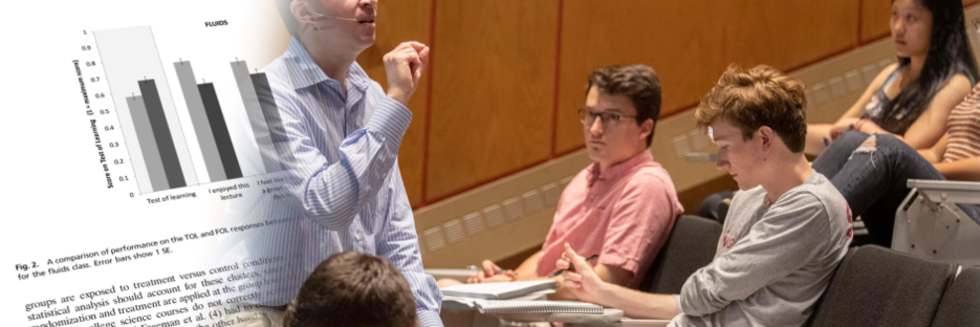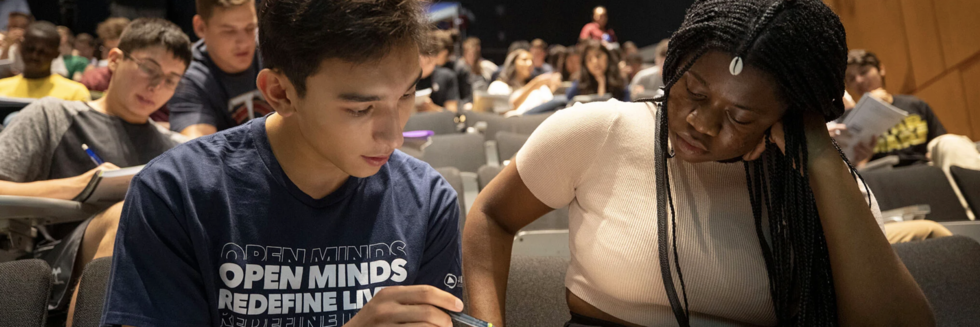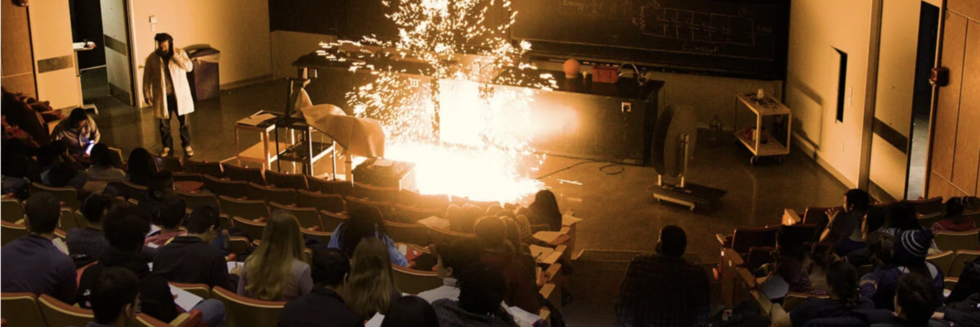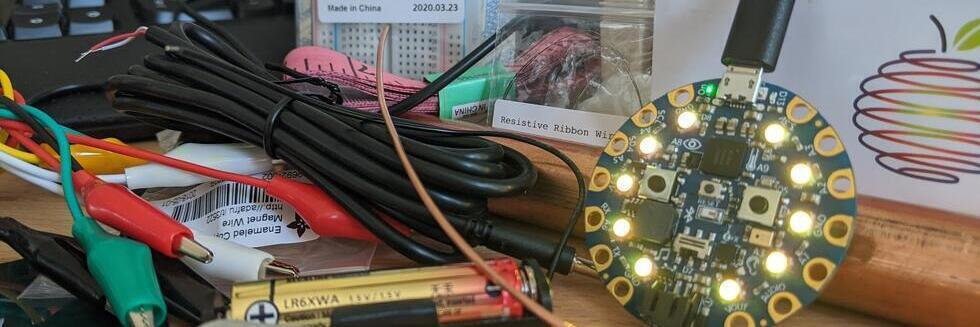How augmented reality influences student learning and inquiry styles: A study of 1-1 physics remote AR tutoring. Computers & Education: X Reality (2023). Publisher's VersionAbstract
While augmented reality (AR) technology is being considered by educators for its potential to help students visualize abstract concepts, currently there are barriers from the high cost of developing complex AR applications. In this study we investigate how the complexity of AR content impacts student learning in remote 1-1 tutoring scenarios, where an instructor uses an AR headset while teaching physics concepts to a remote student. This approach brings the benefits of augmented reality into the already-existing educational practices of 1-1 remote instruction, without requiring AR devices for every student. We present a system for AR-based physics instruction and perform a between-subjects study, measuring how student learning and inquiry behaviors differ between two experimental conditions that vary in the complexity of AR content. Through quantitative and qualitative analysis, our results show that students who are tutored with more complex AR content learn better and show a wider variety of inquiry styles. Furthermore, AR visual representations appear to stimulate students to think about a wide range of scientific ideas, to make deeper connections between scientific concepts, and encourage students to have a more active learning style with increased transitions between inquiry activities. We discuss possible reasons and wider implications for these findings.









